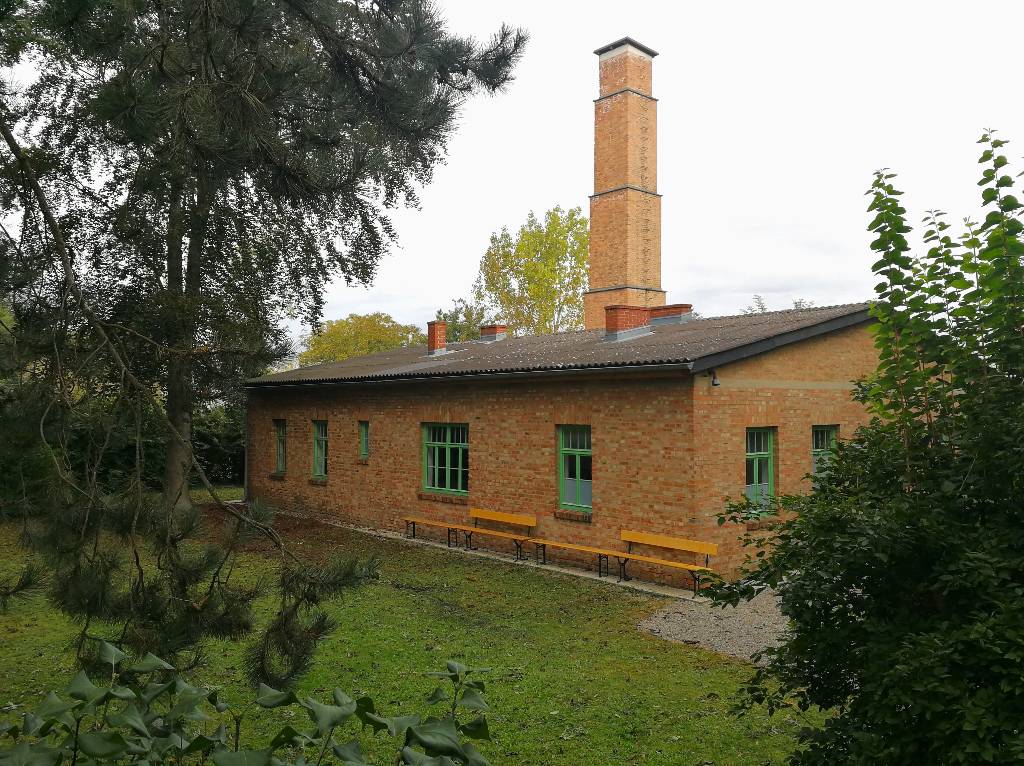The Melk Memorial

The Melk concentration camp was one of the largest satellite camps of Mauthausen concentration camp and the largest satellite camp in Lower Austria. The camp was opened on 21 April 1944 on the site of the ‘Freiherr von Birago Pionierkaserne’ and extended by several barracks. The camp served the purpose of underground storage for various armaments companies, including Steyr-Daimler-Puch-AG. The approximately 14,400 concentration camp prisoners were mainly used for the construction of a tunnel system around five kilometres from Melk. By the time the camp was evacuated on 15 April 1945, almost 5,000 prisoners had died in Melk as a result of direct and structural violence.
After the end of the Second World War, the Soviet Red Army took over the former concentration camp site and between 1946 and 1948 it was used as a ‘transit camp’ for around 70,000 ‘ethnic German and Sudeten German resettlers’. Since 1956, the site has been used as a barracks for pioneers of the Austrian Armed Forces.
The former crematorium became a memorial site for survivors and descendants of Melk concentration camp victims as early as 1946. In 1950, the building was physically separated from the former camp area, and after a tough struggle by the survivors' organisations, it was declared a “public memorial” in 1962 and officially opened on 13 March 1963.
The Melk Memorial is organisationally part of the Mauthausen Concentration Camp Memorial. Its task is to anchor the history of the Melk concentration camp, the memory of its victims and the responsibility of the perpetrators and bystanders in the public consciousness. At the same time, it should contribute to promoting public discussion of the history in the light of its significance for the present and the future. The memorial works closely with the local memorial association MERKwürdig - Zeithistorisches Zentrum and the Melk Pioneers.